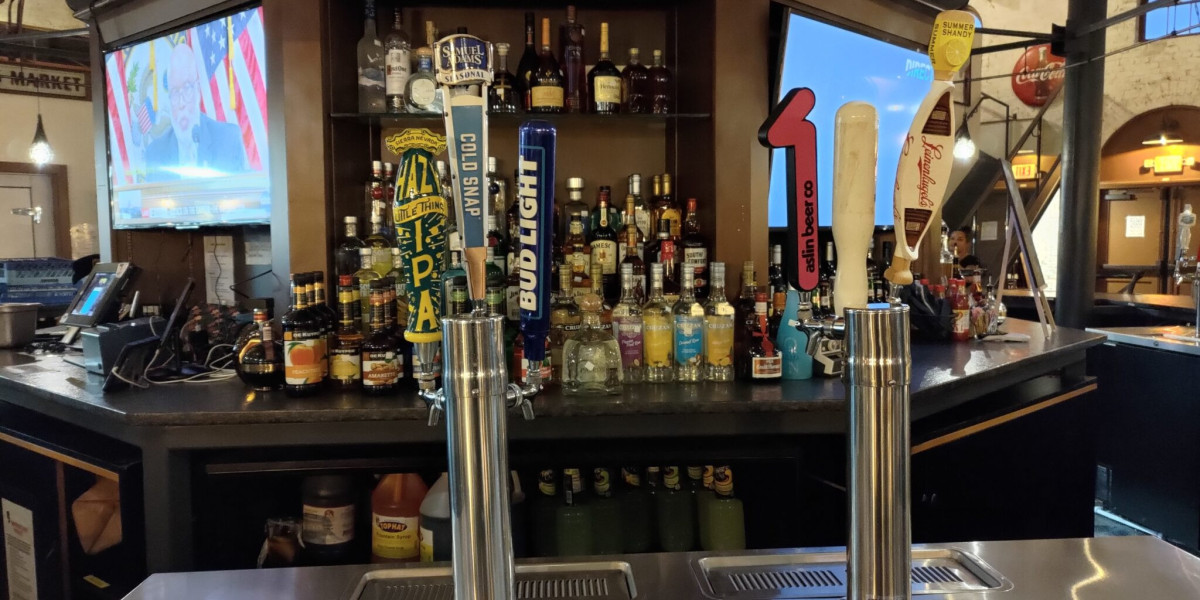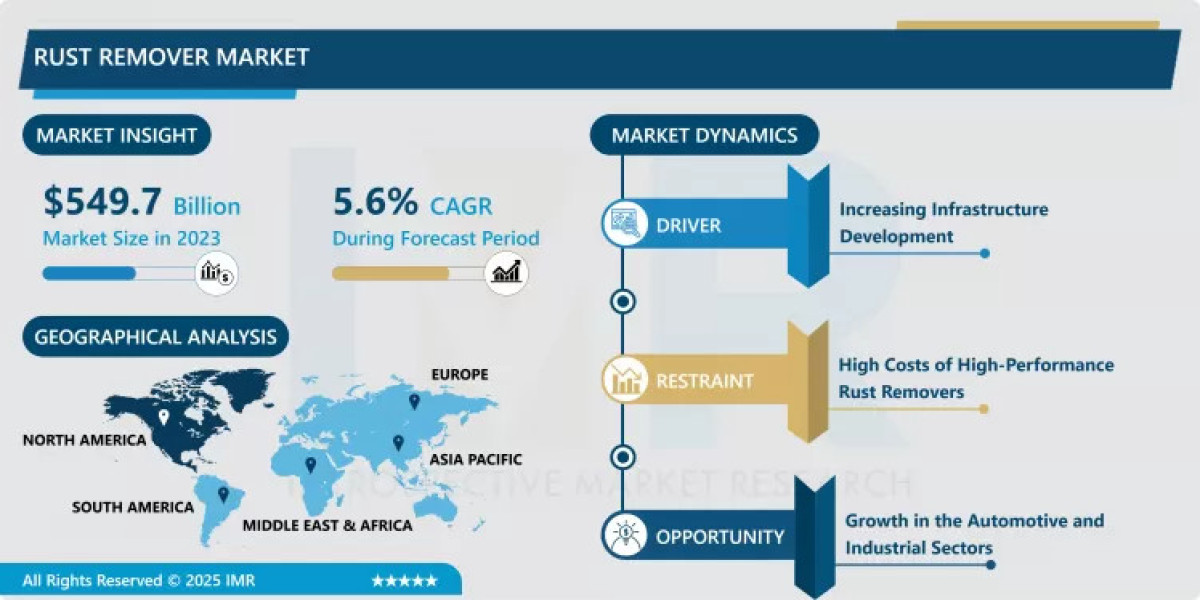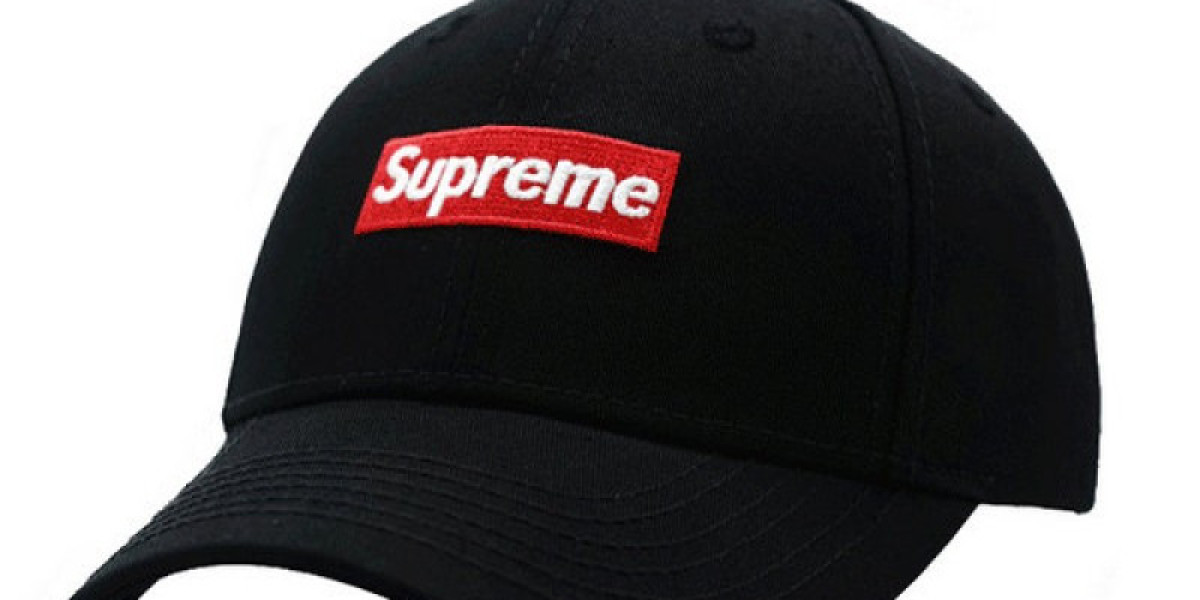When people talk about the “China wholesale market,” what they mean is a vast, interconnected network of factories, trading hubs, wholesale centers, and distribution channels across China. It’s the engine behind global supply chains—especially for small commodities, electronics, fashion, home goods, toys, and more.
But it isn’t some mystical black box. It’s a system with structure, rules, advantages, and traps. If you’re aiming to source goods from China wholesale market, you need to understand:
Where the major markets are
What kinds of products each market specializes in
How to navigate them (offline and online)
How to manage risks, logistics, quality, and communication
Let’s break it down.
Why China Is Still a Wholesale Powerhouse
China’s dominance in global wholesale stems from several factors:
Scale & Infrastructure
Entire cities and regions are structured around manufacturing clusters. Suppliers, factories, component makers, packaging, logistics—all are often concentrated in geographic proximity. That reduces lead times and internal transport costs.Diversity of Product Range
From tiny trinkets to complex electronics, China has markets tailored to myriad categories. You can find nearly anything you want if you go to the right hub.Supply Chain Maturity
Many suppliers already have established export know-how, quality systems, and experience dealing with international buyers. That gives new buyers access to tried-and-tested infrastructure.Competitive Pricing
Because of the dense competition among factories and wholesalers, prices are often tighter, especially if you can manage volume, negotiate, and ensure your orders are efficient.
However, greatness in sourcing doesn’t guarantee smooth sailing. The flipside includes fierce competition, shifting regulation, rising labor costs, and rising expectations from buyers.
Structure & Segmentation Inside Markets
Markets like Yiwu or Guangzhou are often huge complexes, organized into sectors, “districts,” and specialty halls. For example, in Yiwu, you’ll find:
Zones or districts grouped by product type (accessories, electronics, toys, household goods, cosmetics)
Core central markets (like Futian Market) where foreign trade is concentrated
Sub‑markets nearby that focus on verticals (for instance, the cosmetics market, hardware market, or furniture wings)
This segmentation helps you narrow your search, reduce walking time, and focus your negotiation.
Online & Offline: Dual Channels
In the modern wholesale world, you don’t need to rely purely on physical markets. Many businesses use a hybrid model:
Online wholesale platforms
Platforms like Alibaba, 1688.com, Made‑in‑China, etc., let you browse thousands of suppliers, negotiate, request quotations, and sometimes even sample. Many established businesses use this to pre-screen suppliers before committing to a visit.Offline markets & factory visits
When you want better control over quality, customization, and relationship building, going in person is invaluable. You can see factory operations, inspect products firsthand, negotiate face‑to‑face, and often get better terms.
A smart sourcing strategy uses both: filter online, then validate offline.
How to Approach a China Wholesale Market (Step by Step)
Here’s a practical framework:
Pre‑visit research & planning
Decide which markets you need to visit based on your product category. Map the layout, list target halls, and schedule your days. For example, if your product is electronics, plan Shenzhen; if small trinkets, plan Yiwu. Combine adjacent hubs if possible.Set clear product specifications
Before you meet anyone, you should have a clear spec sheet—materials, dimensions, tolerances, colors, acceptable variants, packaging, certifications, etc. That helps speed communication and weeds out useless vendors.Sample & prototype first
Order sample units from selected vendors you meet. Test them for quality, durability, performance. If you skip sampling, you risk committing to a big order that fails.Negotiate terms—including MOQ, payment, lead time
Be clear: what’s minimum order quantity (MOQ)? What’s price at that MOQ? What discounts at higher volumes? Payment structure (e.g. deposit / balance)? Delivery terms (FOB, CIF, DDP)?Quality inspection & control
Use third‑party inspection services for both midline checks and final checks. You don’t want to find out at destination port that 20% of goods are defective.Logistics & shipping planning
Decide whether to ship by sea, air, or rail (depending on size, weight, urgency). Use a freight forwarder who understands customs in your destination. Be meticulous with export documentation, labeling, tariffs.Follow‑up & relationship building
Once you find reliable vendors, nurture those relationships. Consistency, trust, feedback loops—those lead to better terms, priority slots, and smoother scaling.
Common Mistakes & Risks (And How To Avoid Them)
Choosing vendors solely by lowest price
The cheapest vendor may cut corners in quality, packaging, or reliability. Always balance cost with reliability.Skipping the sample test phase
If you skip prototyping and testing, you risk mass orders of bad product.Ignoring hidden costs
There are costs beyond product price: packaging, labeling, quality checks, customs delays, duties, inland transport. Always account for all-in cost per unit.Failing quality inspections
Many disasters happen because buyers assume quality will be fine. That assumption often leads to huge losses.Overextending with too many suppliers at once
It’s better to start small, establish trust, refine processes, then expand.Poor communication & specification clarity
Misunderstandings with language, units, tolerances, or design can ruin orders.Ignoring local holidays & factory downtime
Chinese New Year, Golden Week, or factory maintenance breaks are real. If you don’t plan your schedule around them, your lead time shifts.
How to Choose Which Markets to Visit (Based on Product Type)
Here’s a quick cheat sheet:
Small accessories, gift items, novelty goods → Yiwu
Fashion, clothing, textiles → Guangzhou, Shaoxing, Hangzhou
Electronics, gadgets, parts → Shenzhen / Huaqiangbei
Furniture, home decor → Foshan, Shunde, Dongguan
Ceramics, artware → Jingdezhen
Hardware, tools → Yongkang, Zhejiang
Eyewear / optical → Danyang
You don’t have to cover all markets—focus on where your product fits best.
What’s Trending Now (2025 & Beyond)
Electronics & IoT accessories remain red hot as global demand surges. Many suppliers in Shenzhen are pushing smart wearable parts, wireless chargers, and modular devices.
Fast fashion basics & niche apparel are trending strongly, especially via small runs and micro designs.
Home décor gadgets & creative “Instagram‑friendly” items are rising as people spend more on interiors, photo props, novelty décor.
Pet products have seen a boom, as global pet ownership and pet spending rise. China wholesale market already outputs a big share of global pet toys.
If your product fits into one of these categories, you’re in a favorable tailwind.
How to Make the Most of Your Market Visit (Practical Tips)
Arrive early — sellers are more flexible in the morning.
Bring multiple reference samples — it makes vendor matching easier.
Bring weight scale, measuring tape, sample bag — immediate measurements help.
Negotiate in bulk — vendors often have flexibility once you show genuine buying power.
Don’t close the deal the first day — you can always revisit.
Carry local currency (RMB) for small deals, deposits, haggling.
Walk through with purpose — mark good stalls, compare a few before committing.
Use local apps (WeChat, local maps) to communicate, navigate, and translate.
Ask for factory visits if possible — seeing production gives insight into scale and capability.
Bringing It All Together: Your China Wholesale Strategy
If I were you and starting a sourcing operation, here’s how I’d approach:
Decide product category (say, small decor items).
Identify the primary market hub (Yiwu).
Research online vendors first, filter to ~20.
Visit Yiwu physically, visit the halls relevant to decor, test samples, compare prices.
Negotiate with 3–4 vendors. Order sample lots.
Inspect sample lots. Approve one or two vendors.
Place first full order with quality checks and controlled volume.
Ship, receive, test the goods at destination.
Iterate: feedback, refine, scale.
Over time, you’ll build a smaller, reliable network of suppliers that reliably deliver quality, speed, and consistent margins.








